The Diesel campaigns with their slogan “For successful living” became world famous in the mid and late 90’s, with controversial photographs by some of the most prominent fashion photographers of the time like Ellen von Unwerth and David LaChapelle.

The Diesel adverts were so outrageous, so rebellious, loaded with a critical and a strong yet disguised political and social baggage. And the photographs were like nothing we had seen before, especially not in an advertising context.
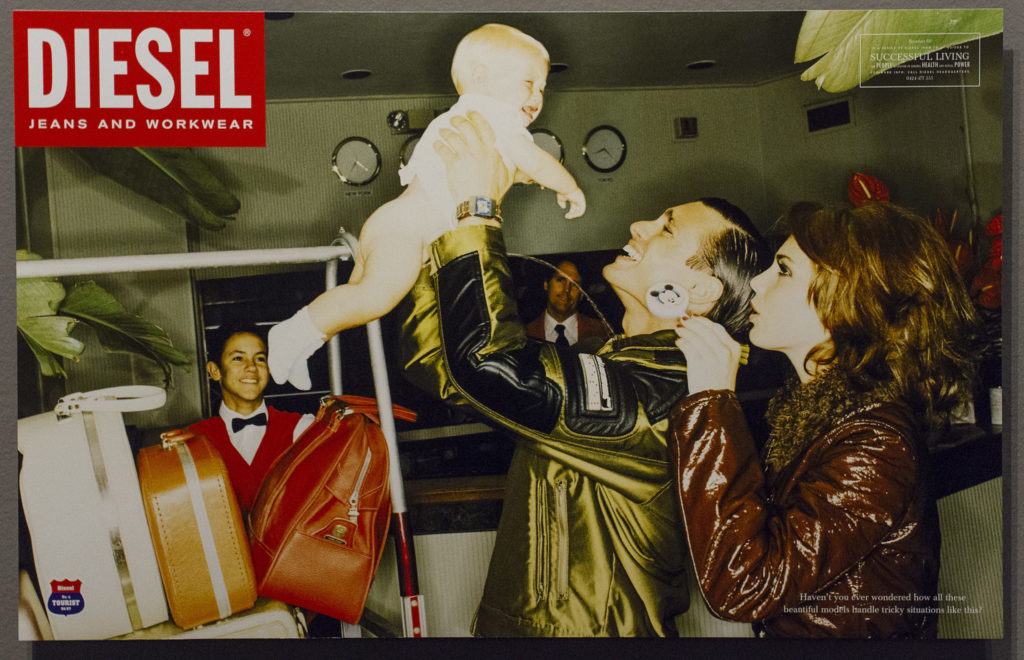
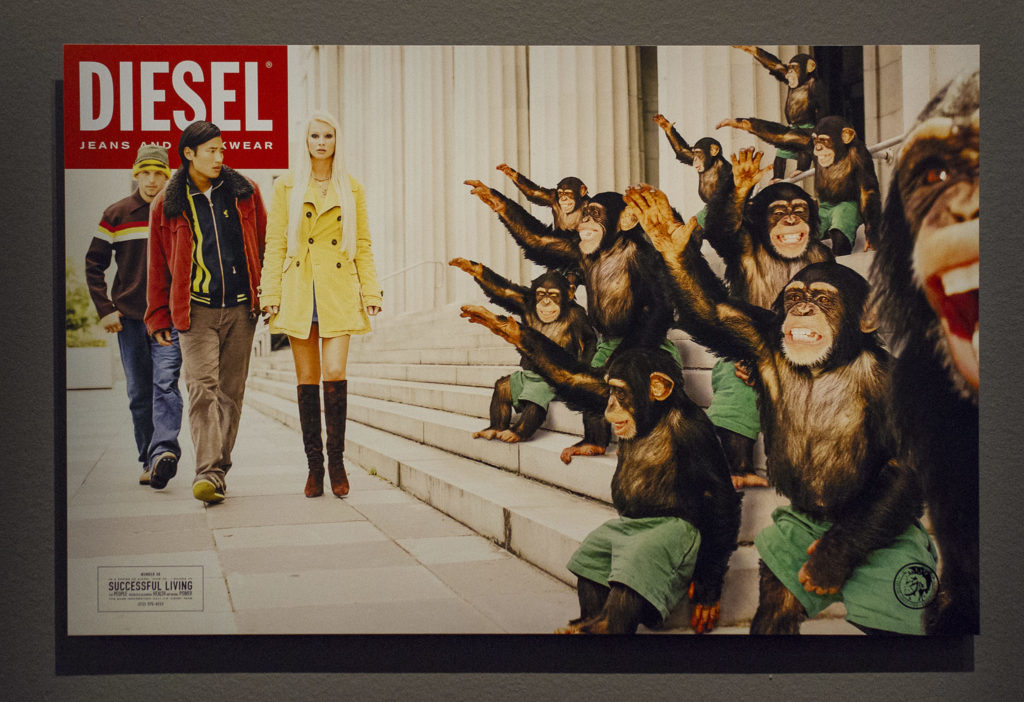
As a teenager growing up in the 90’s, I was more than influenced by Diesel‘s imagery, I was drawn by it. I used to rip out the ads from the magazines and cover my school notebooks with them. I can’t really call myself a political activist, not more than a fashion and photography addict. I was drawn to it because of the rebellious way of using photography to communicate a message with several layers of purpose.
So when I heard that Fotografiska had an exhibition entirely dedicated to the photographs that helped shape the advertisement world as we know it right now, I could not wait to go and see it, specially since the exhibition’s title itself is: “Diesel, Finally It All Makes Sense”. Could someone finally explain to me what these sometimes strange images had for meaning? Well, I went there and guess what, Fotografiska really helped me make sense of it all.


The main purpose of these story-changing advertisement campaigns conceived by the duo Johan Lindeberg, Swedish designer and marketing guru and Jocke Jonason, producer at the advertising agency Paradiset, was to position a new jeans and clothing brand in the global market. The brand was the Italian jeans label Diesel, founded and owned by Renzo Rosso.

But just as important as selling Diesel jeans, the Diesel adverts had another purpose laying in the background and it shouted out loud at the same time in humorous ways, with ironic, sarcastic and critical symbolism. As a teenager growing up being fascinated by the Diesel campaigns ,I didn’t quite understand what it was that made these images so outstanding. It wasn’t just the beautiful models appearing sometimes half naked on them. Back then it didn’t quite make sense as it does now, when looking back at it all with perspective.
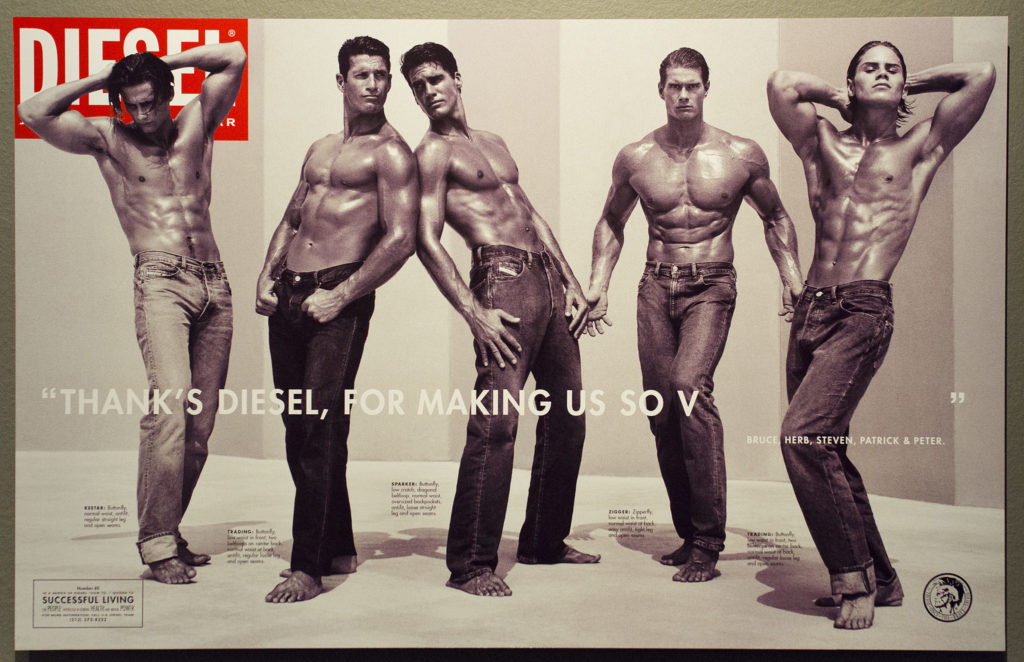
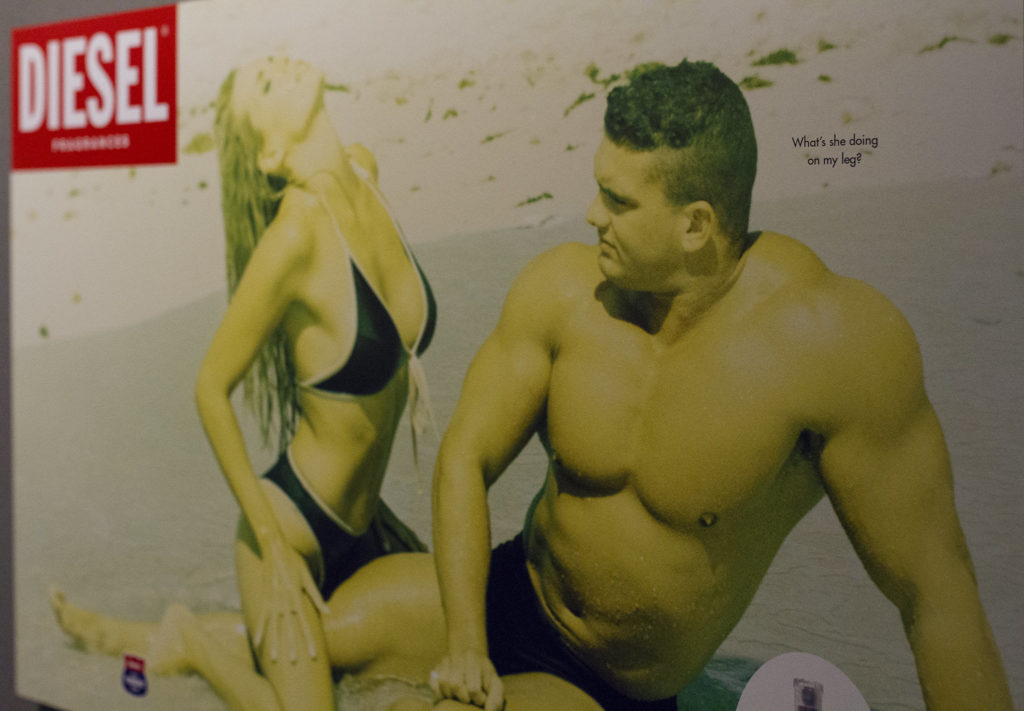
Jocke Jonason and Johan Lindeberg‘s productions poked into the injustices and defects of our society and questioned the prevailing order of things in areas such as politics, religion, family, division of classes and even fame. Every campaign came loaded with different imagery and a whole new message, aimed to the market that would ultimately buy the jeans and at the same time pointing a finger to the character of the issue at hand.

Some of the issues that constantly questioned the status quo, picked up by the Diesel campaigns were the destruction of our environment; consumption as the means to freedom, using North Korea and its communist dictatorship as analogy; the apartheid and Africa‘s poverty vs the West‘s richness; the questioning of the system in regard to religion as well as politics and societal ideals. But I’m not going to reveal more for you, as that’s the job of the exhibition itself and you must see it with your own eyes at Fotografiska. That way you can pair the advert’s photographs and the videos with their conceps and add your own interpretations, which is what Jocke Jonason has been wanting since the beginning.
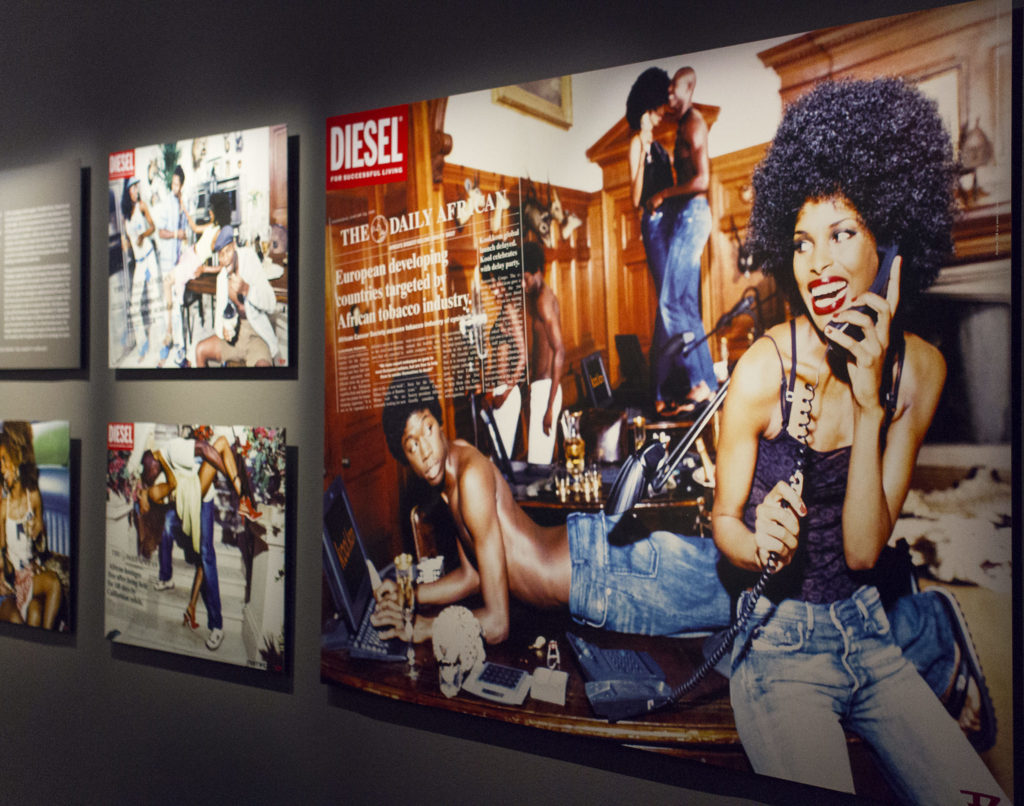
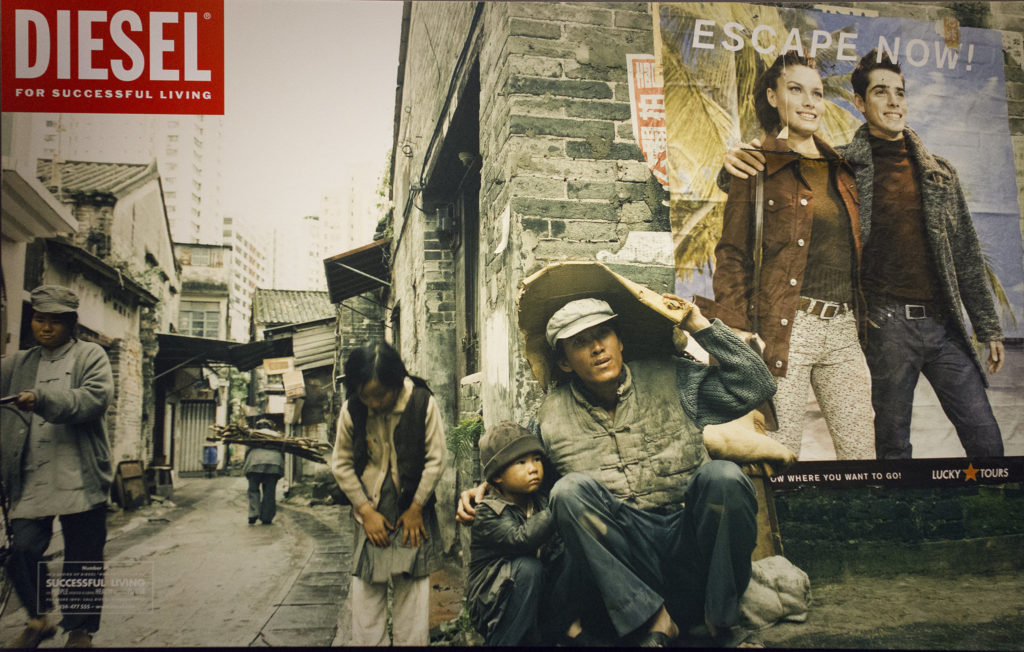
Diesel’s campaign photographs have become “a historical document, the images represent and odyssey through a time when social criticism brewed under the glossy surface of a campaign for jeans.” Pauline Benthede, Exhibition Manager Fotografiska
The exhibition will be going on until 5th February 2017.







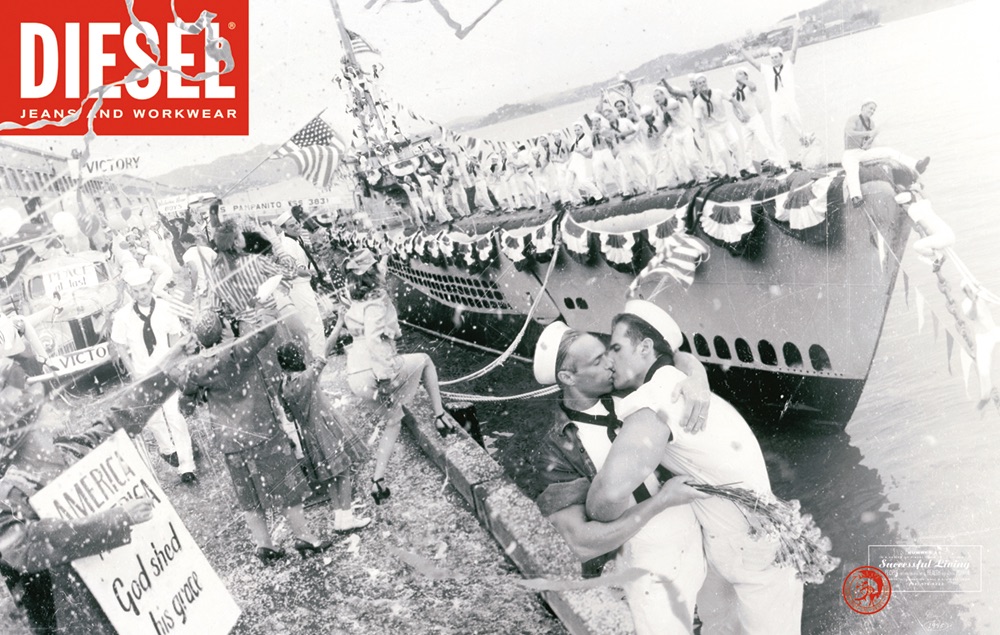

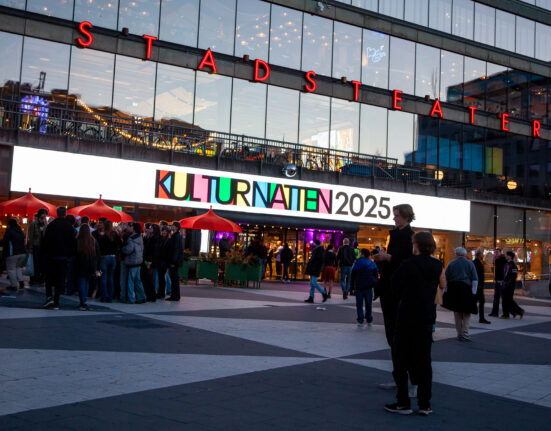

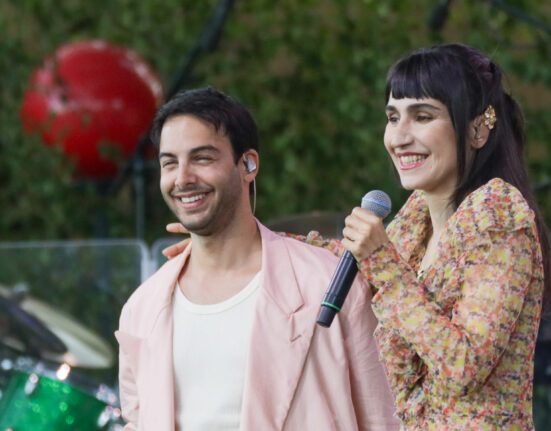

2 Comments